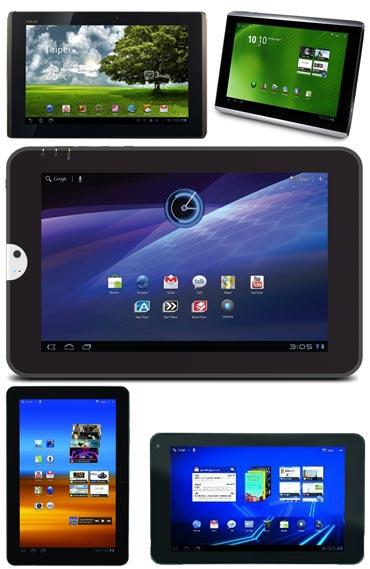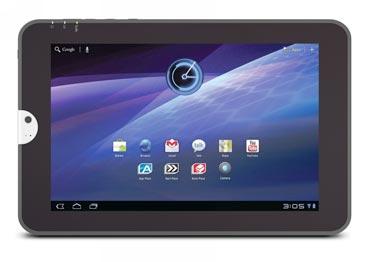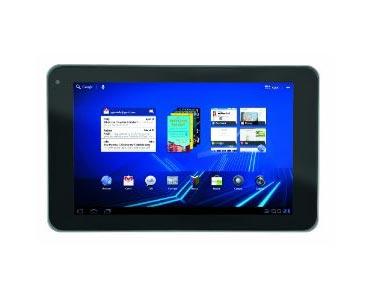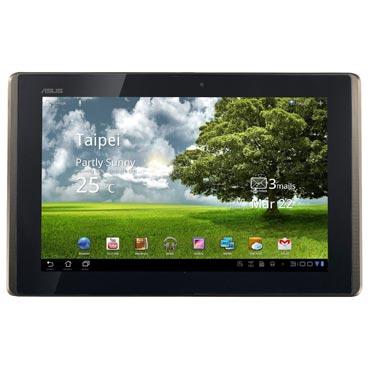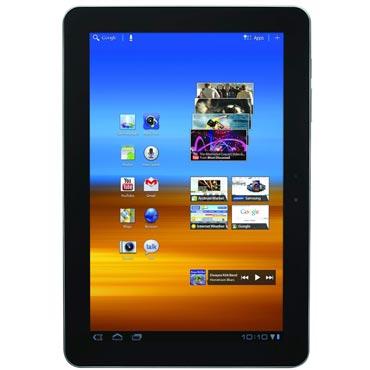
Android : Android Galaxy Mini Dibanderol Rp 1,6 Juta
Telkomsel bersama Samsung meluncurkan paket bundling smartphone berbasis Android, Samsung Galaxy Mini. Paket smartphone seri S5570 yang sudah dilengkapi kartu perdana Simpati ini dibanderol seharga Rp 1.599.000.
VP Channel Management Telkomsel Gideon Edie Purnomo berharap paket Samsung Galaxy Mini Telkomsel ini bisa membuat layanan berbasis Android ini bisa dinikmati masyarakat dengan harga terjangkau.
"Ini merupakan salah satu upaya kami dalam menyediakan solusi layanan mobile lifestyle berkualitas dengan harga yang semakin terjangkau, khususnya bagi kawula muda yang selalu mengikuti tren perkembangan teknologi terbaru," ujarnya di Jakarta, Sabtu (19/2/2011).
Pasar pengguna smartphone berbasis Android di Indonesia meningkat secara signifikan dalam kurun waktu satu tahun terakhir. Pada tahun 2010, Android menempati posisi ketiga sebagai sistim operasi smartphone yang paling banyak digunakan dengan tingkat pertumbuhan pengguna lebih dari 200 kali lipat dibandingkan 2009.
Yoo-young Kim, Managing Director PT Samsung Electronics Indonesia, melihat perkembangan smartphone Android tidak hanya di kalangan profesional namun juga bagi anak muda. Anak muda dinilai sebagai pasar yang tepat karena memiliki semangat ingin mencoba pengalaman baru.
"Melalui Samsung Galaxy Mini dengan sistem operasi Android Froyo, anak muda dapat menikmati pengalaman menyenangkan dengan berbagai macam aplikasi dan social hub yang telah terintegrasi sehingga memungkinkan mereka memilih cara berhubungan dengan sahabat dan keluarga," ucapnya.
"Bersama Telkomsel, kami ingin memberikan manfaat lebih agar anak muda dapat lebih leluasa menikmati pengalaman bersama Samsung Galaxy Mini," pungkas Yoo-young Kim.
Samsung Galaxy Mini merupakan smartphone dengan desain trendi yang memanfaatkan sistem operasi Android 2.2 Froyo, didukung prosesor berkecepatan 600 MHz.
Smartphone dengan layar sentuh berukuran 3,14 inci ini menyediakan berbagai fitur, seperti memori internal 160 MB, kamera 3 megapiksel, radio FM, bluetooth, GPS, konektivitas 3G yang sudah mendukung HSDPA, serta slot microSD berkapasitas hingga 32 GB, dan Wi-Fi.
Paket Samsung Galaxy Mini Telkomsel memberikan penawaran layanan akses internet unlimited TelkomselFlash seharga Rp 50.000 perbulan yang bisa digunakan untuk browsing, email, chatting, dan social networking.
"Untuk mendapatkan paket tersebut, pelanggan cukup menghubungi *253*557# atau mengirimkan SMS, ketik ULMINI, kirim ke 3636," jelas Gideon.
Paket bundling Samsung Galaxy Mini Telkomsel ini mulai dipasarkan di lebih dari 50 gerai ponsel berlogo Samsung di Jakarta, Bandung, Medan, Pekanbaru, Padang, Palembang, Bandar Lampung, Batam, Banjarmasin, Pontianak, Balikpapan, Samarinda, Makassar, Kendari, Palu, dan Manado.
Saat berlangsungnya pameran penjualan di Plaza EX, Jakarta, 19 Februari 2011, pelajar dan mahasiswa bisa memperoleh harga spesial Rp 1.299.000, cukup dengan menunjukkan kartu pelajar atau kartu mahasiswa ketika melakukan transaksi pembelian.
Untuk mendukung kenyamanan pelanggan saat menikmati berbagai aplikasi Android dalam Samsung Galaxy Mini, Telkomsel telah menyiapkan jaringan broadband yang didukung lebih dari 37.000 Base Transceiver Station (BTS) termasuk 8.000 Node B (BTS 3G) di seluruh Indonesia.
Tags : Android : Android Galaxy Mini Dibanderol Rp 1,6 Juta, Android, Android Galaxy Mini
Read More >>




